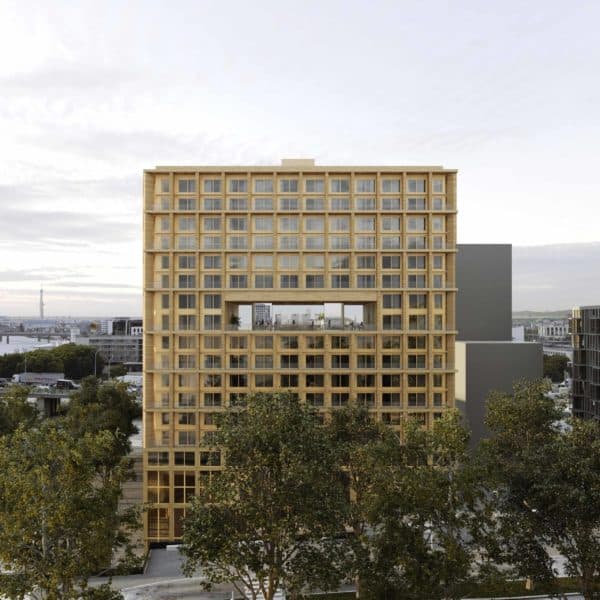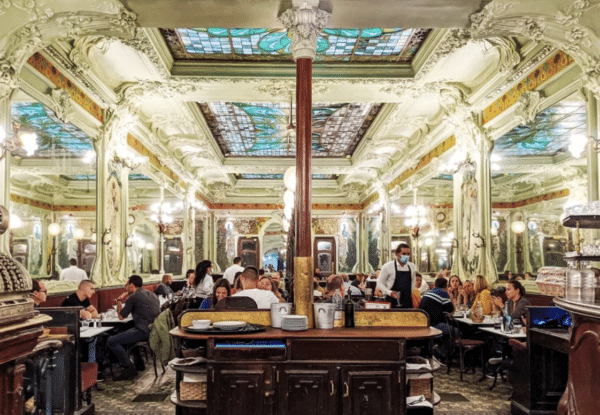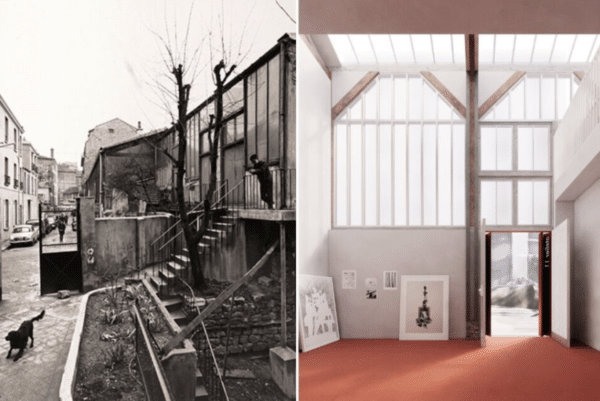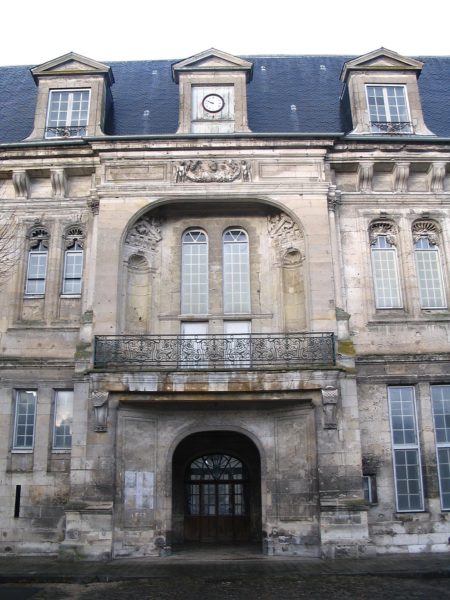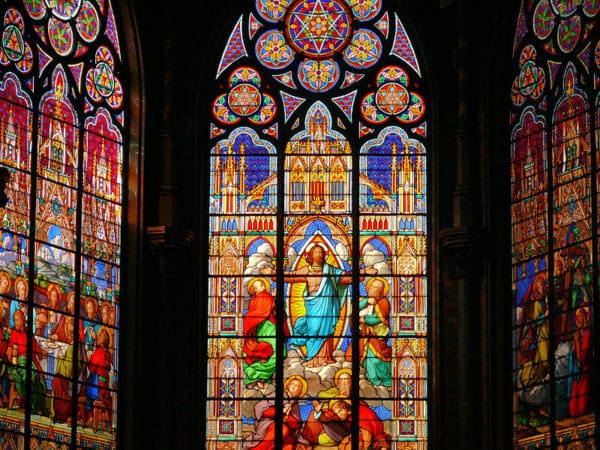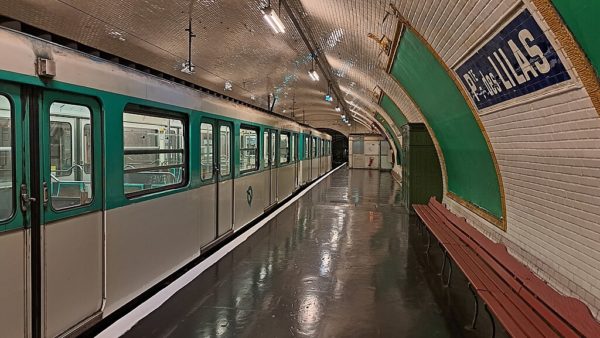Expert Insight, Breaking News, and Insider Stories on Real Estate in Paris

8 unusual marvels hidden beneath Paris city streets
Parisians are lucky enough to stumble upon some real wonders as they make their way around town every day: almost every corner of the street holds its own unique treasures, special to different people in different ways. It is more difficult, on the other hand, for these same residents to discover what lies beneath their feet.
We would be pleasantly surprised to see, though, that Paris has a whole world of underground treasures hidden below her busy streets, well worth exploring during the warm summer months ahead. Read on to learn more about these subterranean gems, investigated by the team at ParisZigZag, some of which we probably walk on everyday without even realizing it!
1 – Les Carrières des Capucins (The Capucin Quarries)

Hidden just beneath l’hôpital Cochin in the 14th arrondissement, Les Carrières des Capucins are a network of old limestone quarries that were used between the 12th and 17th centuries. It is now possible to visit them in small groups (reservation only) by taking a staircase, made up of precisely 102 steps, down about twenty meters below the surface. Although the site feels like a sort of museum, with its labyrinth-like galleries stretching out over 1,200 meters long, it is anything but: visitors must walk through this massive Parisian cavern, at temperatures just under just 15°C, with flashlight in hand in order to explore its depths.
Where? Hôpital Cochin – 27, rue du Faubourg Saint-Jacques, 75014
2 – Le réservoir de Montsouris
![Eolewind [CC BY-SA 4.0 (https://creativecommons.org/licenses/by-sa/4.0)] Fichier:Reservoir montsouris - paris XIV - 2014.jpg](https://upload.wikimedia.org/wikipedia/commons/thumb/7/77/Reservoir_montsouris_-_paris_XIV_-_2014.jpg/400px-Reservoir_montsouris_-_paris_XIV_-_2014.jpg)
This reservoir, also called le réservoir de la Vanne (because it stores, among other things, water coming from the Vanne River in France’s Aube region), is one of Paris’s 5 main reservoirs, capable of holding nearly 300,000 m3 of water. It was built between 1868 and 1873 to supply water to the entire southern part of the city at a time when other local drinking water sources couldn’t keep up. Managed today by the company Eau de Paris, it still supplies water to 20% of Paris from its hillside structure, very close to parc Montsouris.
Where? In the 14th arrondissement
3 – The bunker under Gare de l’Est

Under tracks 3 and 4 of Gare de l’Est lies a mysterious bunker from World War Two. This underground niche was used to manage train departures and ensure top secret communication with other stations in the city. It was also designed to shelter people from possible gas attacks, something Parisians had already experienced during World War One. Today, the bunker, owned by SNCF, is still intact, but only very rarely opens its doors to visitors.
Where? Place du 11 Novembre 1918 – rue du 8 Mai 1945, 75010
4 – The ghost stations of the Paris metro
![(vincent desjardins) from Paris, France [CC BY 2.0 (https://creativecommons.org/licenses/by/2.0)] File:Paris, RATP station "Croix Rouge" installation "X" lenfer de la BnF, par L. Ungerer C-Album nuit du 15 déc. 2007 (4879176427).jpg](https://upload.wikimedia.org/wikipedia/commons/thumb/5/57/Paris%2C_RATP_station_%22Croix_Rouge%22_installation_%22X%22_lenfer_de_la_BnF%2C_par_L._Ungerer_C-Album_nuit_du_15_d%C3%A9c._2007_%284879176427%29.jpg/800px-Paris%2C_RATP_station_%22Croix_Rouge%22_installation_%22X%22_lenfer_de_la_BnF%2C_par_L._Ungerer_C-Album_nuit_du_15_d%C3%A9c._2007_%284879176427%29.jpg)
An urban fantasy for many Parisians, ghost stations remain shrouded in mystery. Stripped from our metro map, fourteen of these forgotten stations are scattered throughout Paris. Their closure was decided at the beginning of World War Two as mobilization led to a shortage of conductors. Although this situation was intended to only be temporary, many stations never reopened, as is the case with the Arsenal and Porte des Lilas stations, to name but a few. Other stations have been reused for other purposes or opened again to welcome metro traffic, but only for a few years. Some stations have never even welcomed travelers or been serviced by a metro line!
The Croix Rouge metro station on the line 10, however, has a different fate in store. This ghost station, between Sèvres-Babylone and Mabillon, will be turned into a restaurant and food hall as part of the “Réinventer Paris 2” campaign. Look out for it in 2021!
5 – The Catacombs
![Jorge Láscar from Melbourne, Australia [CC BY 2.0 (https://creativecommons.org/licenses/by/2.0)] File:Catacombes de Paris (22265912629).jpg](https://upload.wikimedia.org/wikipedia/commons/thumb/e/eb/Catacombes_de_Paris_%2822265912629%29.jpg/800px-Catacombes_de_Paris_%2822265912629%29.jpg)
We don’t think about it nearly enough, but it’s almost as if Paris, sitting atop nearly 350 km of underground tunnel, is built on stilts. Descending into the so-called “catacombs” of the capital is like entering another world. Forming part of the network of old stone quarries that have been located under the city since Gallo-Roman times, the catacombs, running from Odéon to parc Montsouris and in Montmartre, Belleville, and Ménilmontant, have been used to store the bones of some 6 million people since 1786, following church closures and cemetery overflows. A (small) part of this gigantic ossuary can be visited near Denfert-Rochereau, about 20 meters underground. The most adventurous can try their luck in the so-called “unofficial” catacombs… but at their own risk and peril, of course.
Where? 1 avenue du Colonel Henri-Rol-Tanguy, 75014
6 – The Garnier Opera House reservoir
![FR [CC BY-SA 4.0 (https://creativecommons.org/licenses/by-sa/4.0)] Fichier:Opéra Garnier - Cuve (sous-sol).jpg](https://upload.wikimedia.org/wikipedia/commons/thumb/d/d3/Op%C3%A9ra_Garnier_-_Cuve_%28sous-sol%29.jpg/800px-Op%C3%A9ra_Garnier_-_Cuve_%28sous-sol%29.jpg)
Under the main stage of the Opera, a small staircase leads to a reservoir that’s fueled speculation in the capital since its creation in 1861. The presence of this vast water source, accessible by boat, is so mysterious that the legend of a lake below the Opera continues to be shared today. In actuality, the reservoir was constructed to contain underground water seepage and was quite advantageous for the Palais Garnier, in particular giving firefighters the opportunity to control blazes more quickly and effectively. The water conditions in the reservoir are ideal: at a temperature of 12°C, the pool is of remarkable quality and is thus the perfect playground for both fish (carp, catfish, perch) as well as for the sappers who regularly train there for diving.
Where? 8 rue Scribe, 75009
7 – Le musée des Égouts de Paris
Let’s take a break from all of the capital’s quarries and catacombs and head instead to the city’s sewers, the largest and most modern in the world! The Paris Sewer Museum is an underground network over 2,400 km long that allows visitors to learn more about wastewater management and thus measure the importance of sewers in the city. Providing a particularly instructive museum-going experience, the musée des Égouts is the perfect way for visitors to discover the true underbelly of the capital.
Where? Pont de l’Alma, 75007
8 – L’abri Lhomond

Just below the building at 70 rue Lhomond in the 5th arrondissement lies an open quarry that was used as a passive defense shelter during World War Two. Designed to accommodate a maximum of 1,700 people, this shelter was accessible via 3 access doors: a main staircase and two emergency exits, indicated by inscriptions painted in black. It was intended to shelter, first and foremost, neighborhood school children, who took refuge there mainly between 1943 and 1944. Inside, we still notice the presence of chemical toilets, essential when alerts lasted for several hours. Messages left in pencil or carved in stone are also still visible on the walls, reminding us of those who once took shelter there.
Where? 70 rue Lhomond, 75005
Source: Les 10 trucs insolites cachés sous Paris
Cover photo: Eolewind [CC BY-SA 4.0]
Contact Paris Property Group to learn more about buying or selling property in Paris.

![ignis [CC BY-SA 3.0 (http://creativecommons.org/licenses/by-sa/3.0/)] File:Musee des Egouts de Paris FRA 009.JPG](https://upload.wikimedia.org/wikipedia/commons/thumb/b/b3/Musee_des_Egouts_de_Paris_FRA_009.JPG/800px-Musee_des_Egouts_de_Paris_FRA_009.JPG)

